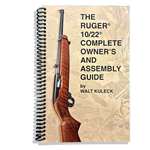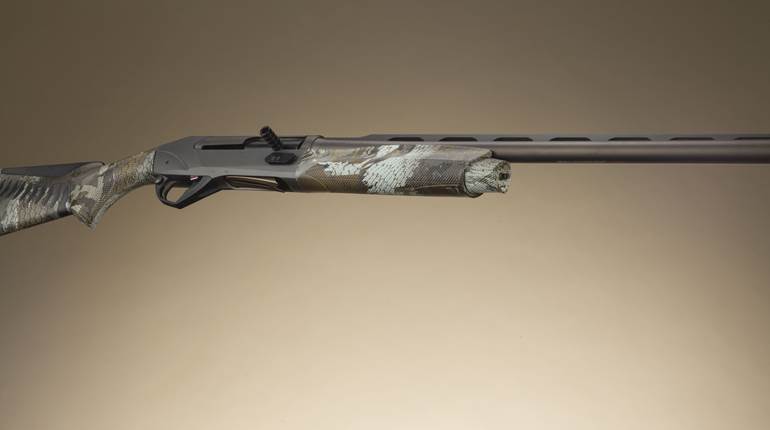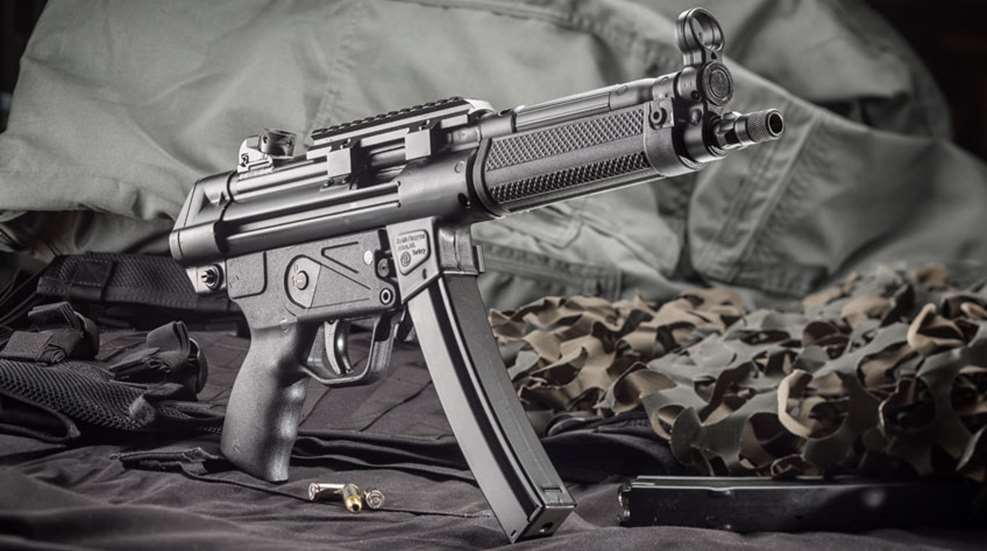
Nestled in the foothills of Virginia’s Blue Ridge Mountains, the community of Afton is home to Zenith Firearms, a family-owned company that imports a variety of arms under the Girsan, Tisas, Tedna and MKE names. The subject of this review, the MKE Z-5RS pistol, is the product of the partnership between Zenith and MKE (Mechanical and Chemical Industry Corp.), supplier of small arms, heavy weapons, munitions and explosives to the Turkish military.
Among the small arms manufactured by MKE—in this case, under license—is the Heckler & Koch MP5 submachine gun, an NFA Class III firearm that’s cost-prohibitive for the majority of American shooters to own. Tapping into MKE’s engineering and manufacturing experience, Zenith Firearms was able to bring semi-automatic-only clones of the MP5 to the United States.
As with the MP5, the Z-5RS utilizes blowback operation with a roller-delayed system. In roller-delayed blowback operation, the barrel is fixed and does not recoil. Upon firing, the cartridge case is allowed to “float” somewhat because of flutes cut into the chamber walls that channel propellant gases around the case to keeping it from sticking. The case is thus able to force the bolt head rearward after the rollers in its sides clear recesses in the barrel extension that momentarily delay its movement. The entire bolt assembly can then continue rearward after pressures have dropped to a safe level. During its rearward travel the case is extracted and ejected, and the hammer is cocked, after which the compressed spring propels the bolt carrier forward to strip an awaiting round, feed it into the chamber and return to battery.
The pistol’s 5-lb., 8-oz. heft stems from the extensive use of steel. Projecting forward from the formed and folded sheet metal receiver is the 8.9" cold hammer-forged, chrome-molybedenum-vanadium barrel. The barrel has a three-lug quick-detach system and a 1/2x28-threaded end for the attachment of a sound suppressor or a muzzle brake. Welded to the front of the receiver, above the barrel, is the tube in which the non-reciprocating charging handle travels. A cutout at its rear enables the bolt to be locked open. The handguard locking pin bracket is at the front of the tube.
The base of the steel front sight surrounds the cocking tube and barrel, and, projecting outward from the left side, is a sling attachment point. The front sight is a fixed post in a protective ring. Welded to the rear of the receiver is a windage- and elevation-adjustable steel drum sight. Four apertures enable sighting in varying lighting conditions and ranges. Further diversifying the gun’s sighting options is a 5¼"-long Picatinny base that’s affixed to the top of the receiver by four socket head cap screws and wedge nuts.
There are dual magazine releases; a push-button release is on the right side of the receiver, while a winged/flanged-type latch is forward of the trigger guard. Feeding the MKE Z-5RS are the Turkish company’s magazines, three of which are provided. The curved, steel, staggered-column magazines hold 30 rounds of 9 mm Luger and have witness holes.
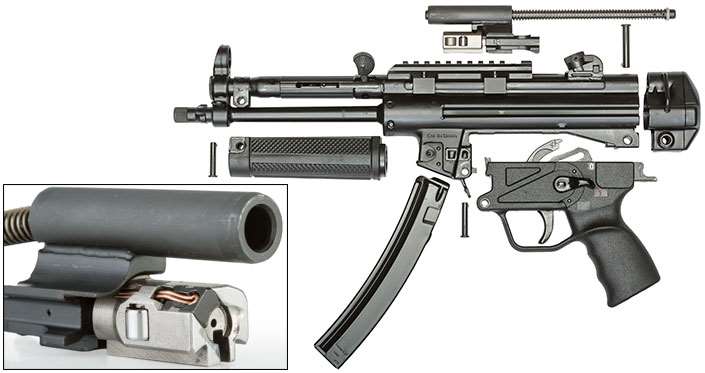
Aside from the magazine releases, the remainder of the fire controls are found in the polymer trigger housing assembly, which has an integral pistol grip and a generous trigger guard. Gone is the traditional selector switch (the third position indicator is molded into the assembly but cannot be reached); it now serves as a simple two-position safety; “0” is “safe”, while flipping the paddle to “1” readies it to fire. Part of a “trigger pack,” the oversize trigger broke at 5 lbs., 12 ozs., after noticeable creep but no overtravel. Trigger reset was exceptionally short.
The beauty of the MP5 design lies not only in its reliability and accuracy, but also in its simplicity. Removing three pins is all that’s needed for thorough cleaning. Withdraw the takedown pin from the steel buttcap and it can slide off, allowing the bolt carrier and recoil spring to be removed. Moving forward, at the front of the trigger assembly is a takedown pin that, when withdrawn, allows the aforementioned piece to be removed for cleaning the trigger pack. Lastly, a single pin holds the polymer handguard in place.
To test the Z-5RS, we topped it with a Leupold LCO red-dot sight and headed to the range with an assortment of ammunition to check functioning and accuracy. While the former consisted of a mishmash of remnants from previous handgun tests, the latter included: Winchester W Train & Defend 147-gr. full metal jackets; Nosler Match Grade Handgun 124-gr. jacketed hollow points; and SIG Sauer 147-gr. V-Crown jacketed hollow points. As is evident from the accompanying table, when firing from a sandbag rest at 50 yds., the Z-5RS was capable of amazing accuracy. We were quite surprised. Of the loads, though, the SIG ammunition edged out the Winchester not only in overall average for five consecutive, five-shot groups, but also the tightest single group—1.15". Interestingly, the only load to cause the MKE Z-5RS to hiccup—during feeding—was also the SIG Sauer load. We attribute it to the V-Crown’s profile and extra-wide meplat.
With accuracy testing completed, we then function fired the MKE Z-5RS using a variety of 9 mm Luger loads and practiced more realistic defensive drills. No further malfunctions occurred, and the pistol was capable of accurate fire from a variety of shooting positions.
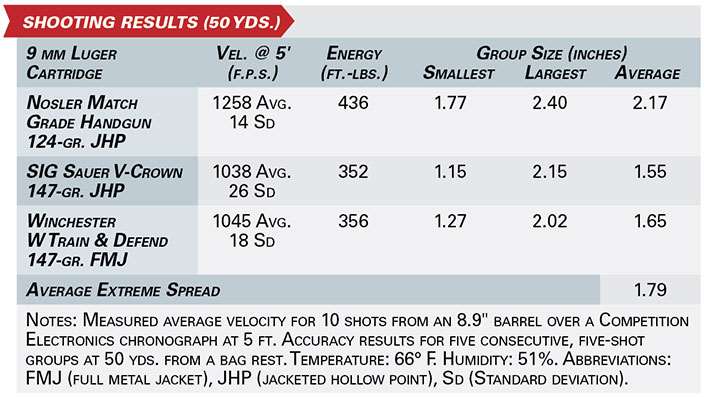
As can be expected from a company that’s licensed to manufacture authentic MP5s, the quality of craftsmanship found on the MKE Z-5RS was good overall. There were a few tooling marks, but nothing egregious. Concerning fit and finish, our only criticism was that the muzzle crown appeared inconsistent, though it obviously didn’t affect accuracy.
For most shooters, owning a real H&K MP5 might be the stuff of fantasy. Thanks to Zenith Firearms and MKE, you can have a comparable facsimile, the MKE Z-5RS.
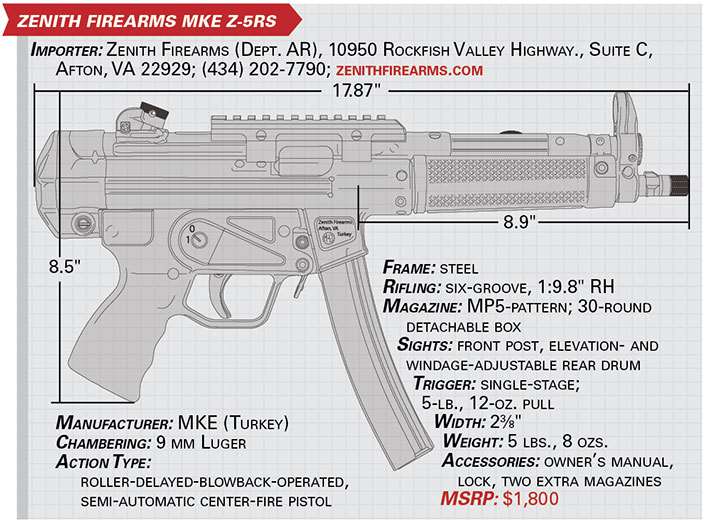












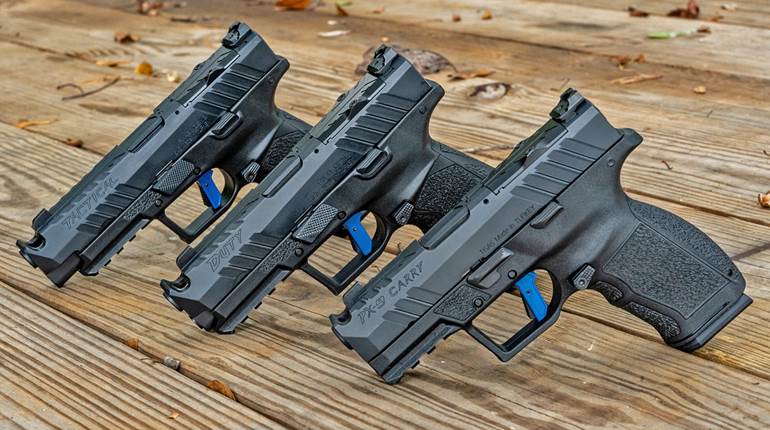
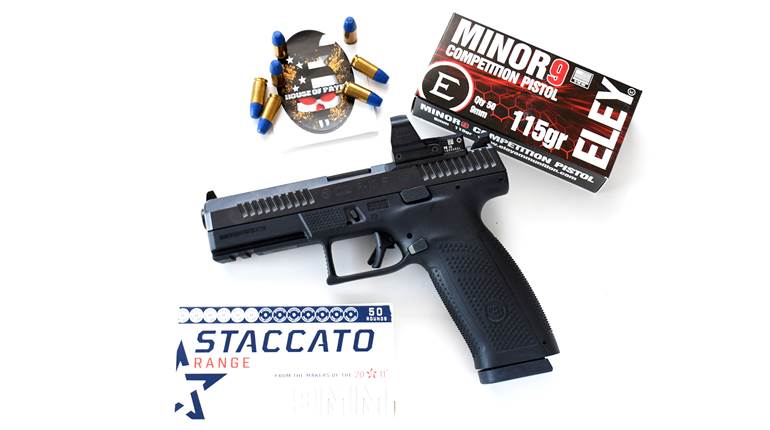
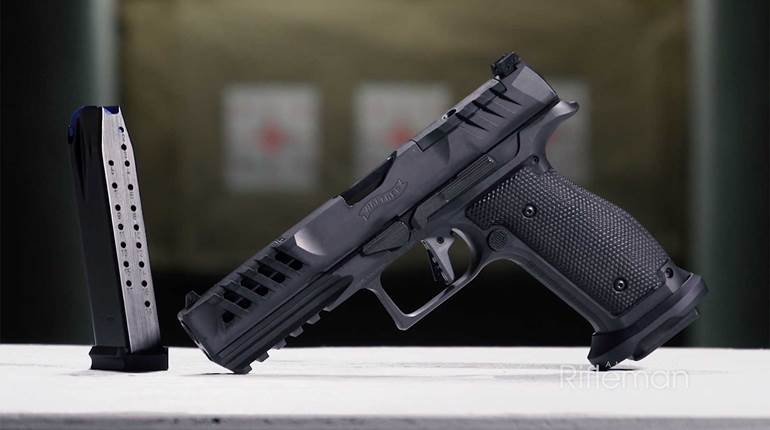
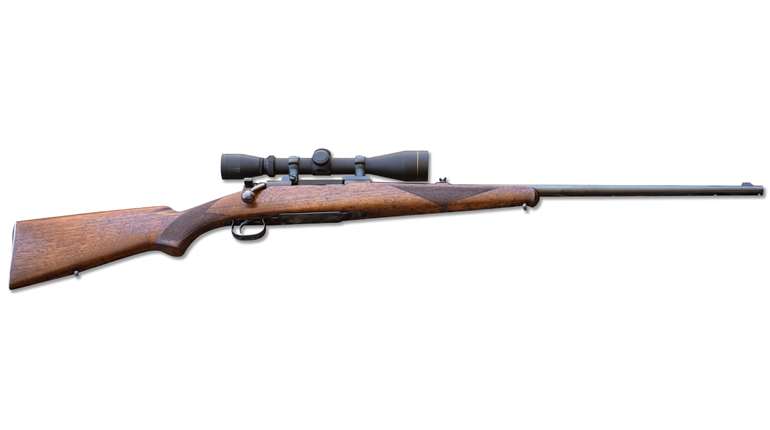






![Auto[47]](/media/121jogez/auto-47.jpg?anchor=center&mode=crop&width=770&height=430&rnd=134090788010670000&quality=60)
![Auto[47]](/media/121jogez/auto-47.jpg?anchor=center&mode=crop&width=150&height=150&rnd=134090788010670000&quality=60)

